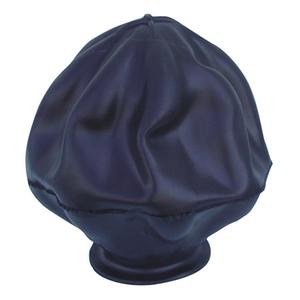
The function of the expansion vessel is to absorb the pressure variations due to the opening and closing of the taps, thus avoiding the damaging pressure peaks due to the incompressibility of the water.
The "water hammers" are avoided, that is, the thuds that are felt when closing a quick-change tap (that of the WC for example) and that are caused by the water that returns to fill the upright column making vibrate the pipes.
How is it done?
The vessel consists of a metal casing containing a rubber membrane. So there are two rooms:
- one, consisting of the inside of the rubber membrane, is filled with water;
- the other, formed by the outer wall of the membrane and the metal container, is occupied by compressed air or nitrogen.

When the pressure increases in the hydraulic circuit, there is an increase in the volume of water contained in the membrane.
Consequently, the decrease in the volume of chamber 2 causes the increase in pressure in the chamber itself, counteracting the expansion of the membrane.
When the pressure of the hydraulic circuit decreases, the inverse process takes place, ie the greater pressure of the chamber 2 compresses the membrane, returning the water and the energy previously accumulated to the hydraulic circuit.
Replace membrane
If the membrane breaks, there is usually the possibility of extracting it and replacing it with one of the same size: in the case that the expansion vessel is sealed, however, it will be necessary to replace it completely.